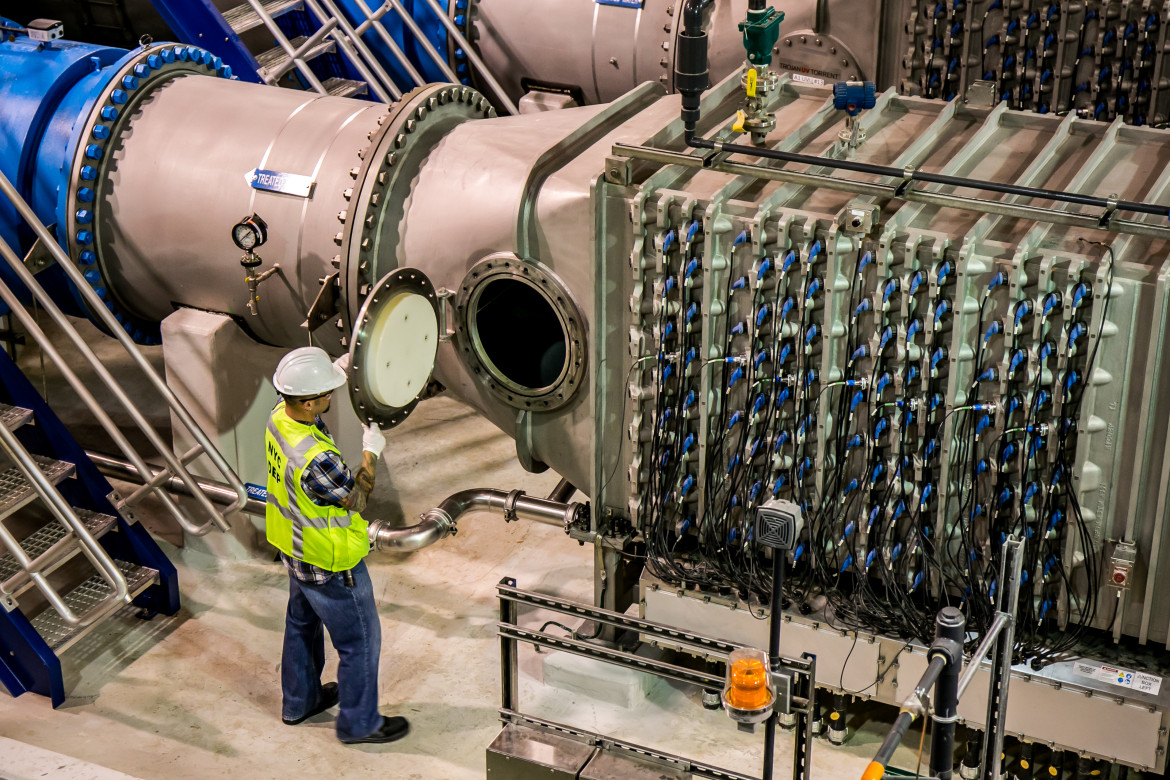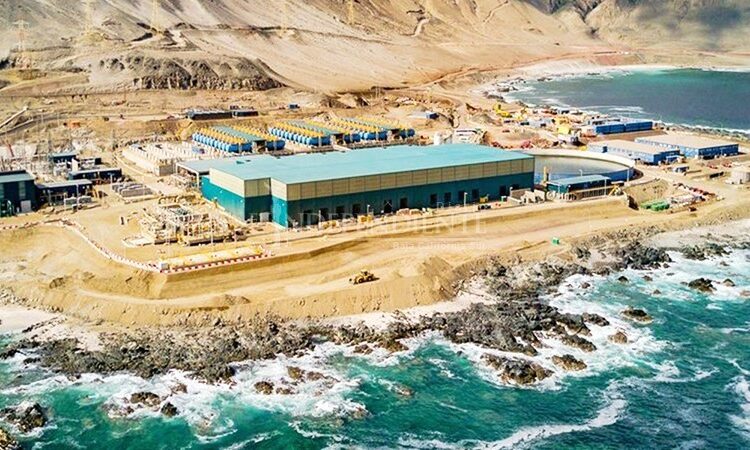Nitrous Oxide (N2O) has become a significant and multifaceted challenge for the water industry, leading to widespread concern and concerted efforts to mitigate its effects. Effective strategies with Nitrous Oxide in the Water Treatment

As a greenhouse gas, Nitrous Oxide (N2O) contributes significantly to global warming and climate change, underscoring the urgency of addressing its presence in water treatment processes, as well as in wastewater management.
According to Tuholske’s study, 63% of global nitrogen pollution from wastewater originates from sewage systems; 32% from direct discharge; and 5% from septic systems.
Get to know more.
To put it plainly, we must understand that Nitrous Oxide (N2O) is a byproduct of the nitrogen cycle during Biological Nutrient Removal (BNR) processe
How does the nitrogen cycle work and how does it affect water treatment processes?
The nitrogen cycle is a crucial biogeochemical process that describes how nitrogen moves through the atmosphere, soils, as well as living organisms and involves the following stages:
a. Fixation: Atmospheric nitrogen (N₂) is converted into nitrogen compounds usable by plants through biological fixation (performed by nitrogen-fixing bacteria) or abiotic fixation (such as that produced by lightning action).
b.Ammonification: The remains of plants and animals, as well as waste, decompose and release ammonia (NH₃) and ammonium (NH₄⁺).
c.Nitrification: Bacteria convert ammonia and ammonium into nitrites (NO₂⁻) and nitrates (NO₃⁻), forms that plants can absorb and use.
d.Denitrification: Under anaerobic conditions, certain microorganisms convert nitrates into nitrogen gases, such as nitrous oxide (N₂O) and gaseous nitrogen (N₂), releasing them into the atmosphere.
The unintended consequence of this process is the release of this gas, Nitrous Oxide (N2O), which contributes to water acidification and can affect the quality of drinking water in water treatment.

Effective strategies with Nitrous Oxide in the in the Water Treatment
The combination of ozone technology as a disinfection system and zeolite as a state-of-the-art filtration represent a superior alternative to current traditional methods.
Without generating toxic byproducts such as N2O, ozone has twice the disinfection and oxidation power of chlorinated compounds (understand the drawbacks of using chlorine to purify water). This which allows for the disinfection and reduction to elimination of both natural and synthetic organic compounds.
On the other hand, adsorbent materials like Zeomedia can retain heavy metals and organic compounds, ensuring a reduction in turbidity of up to 50% compared to a conventional filter.




